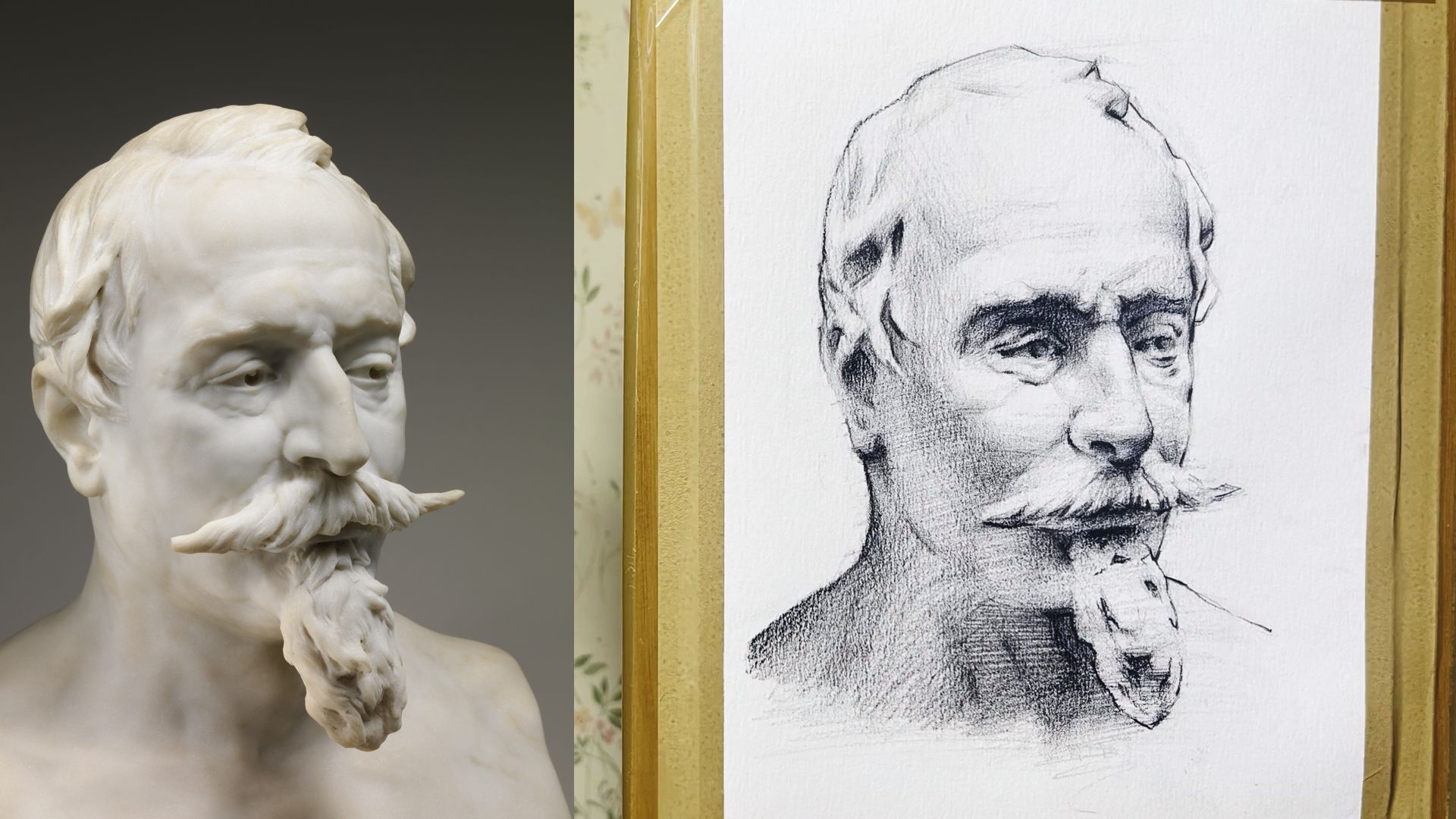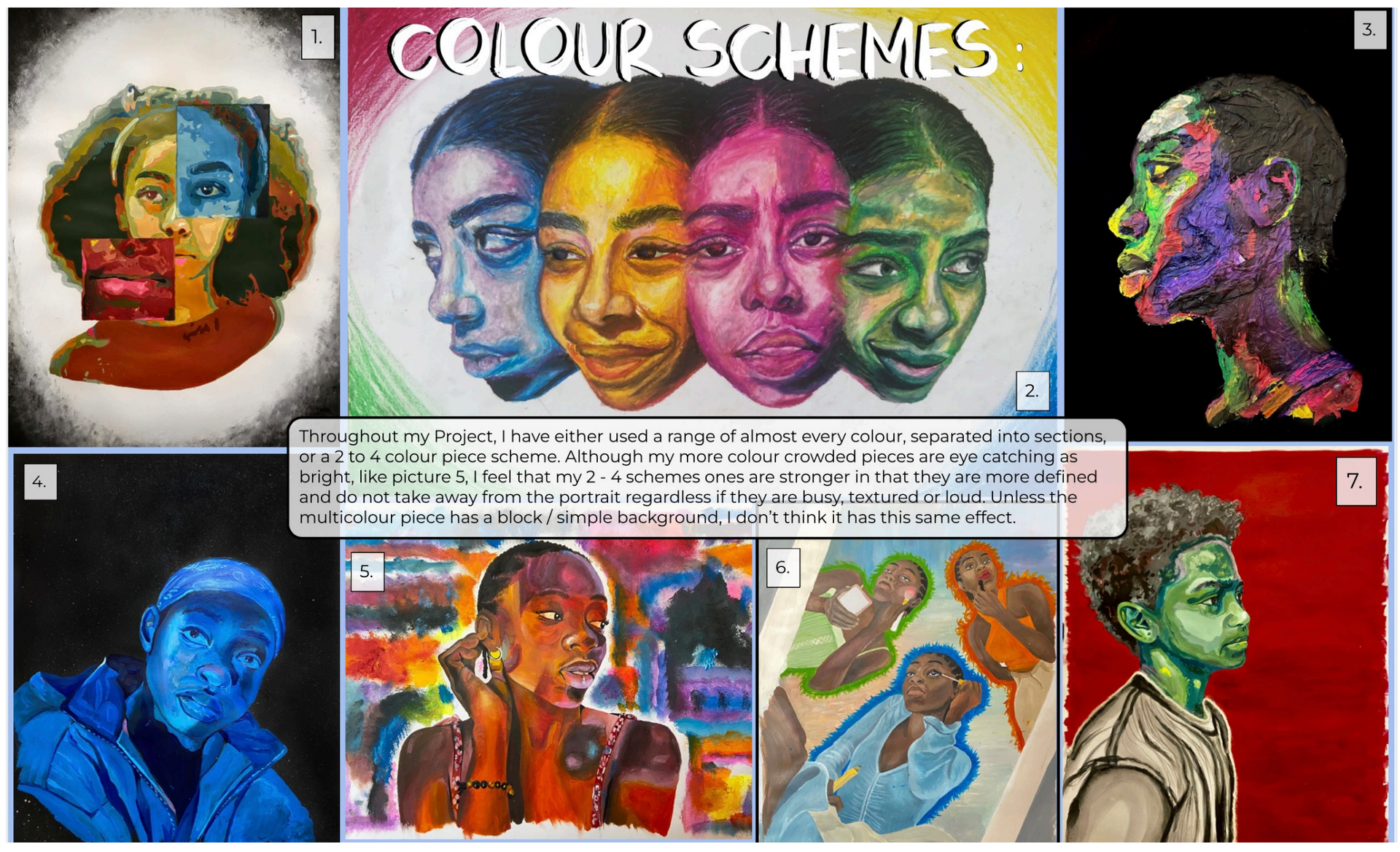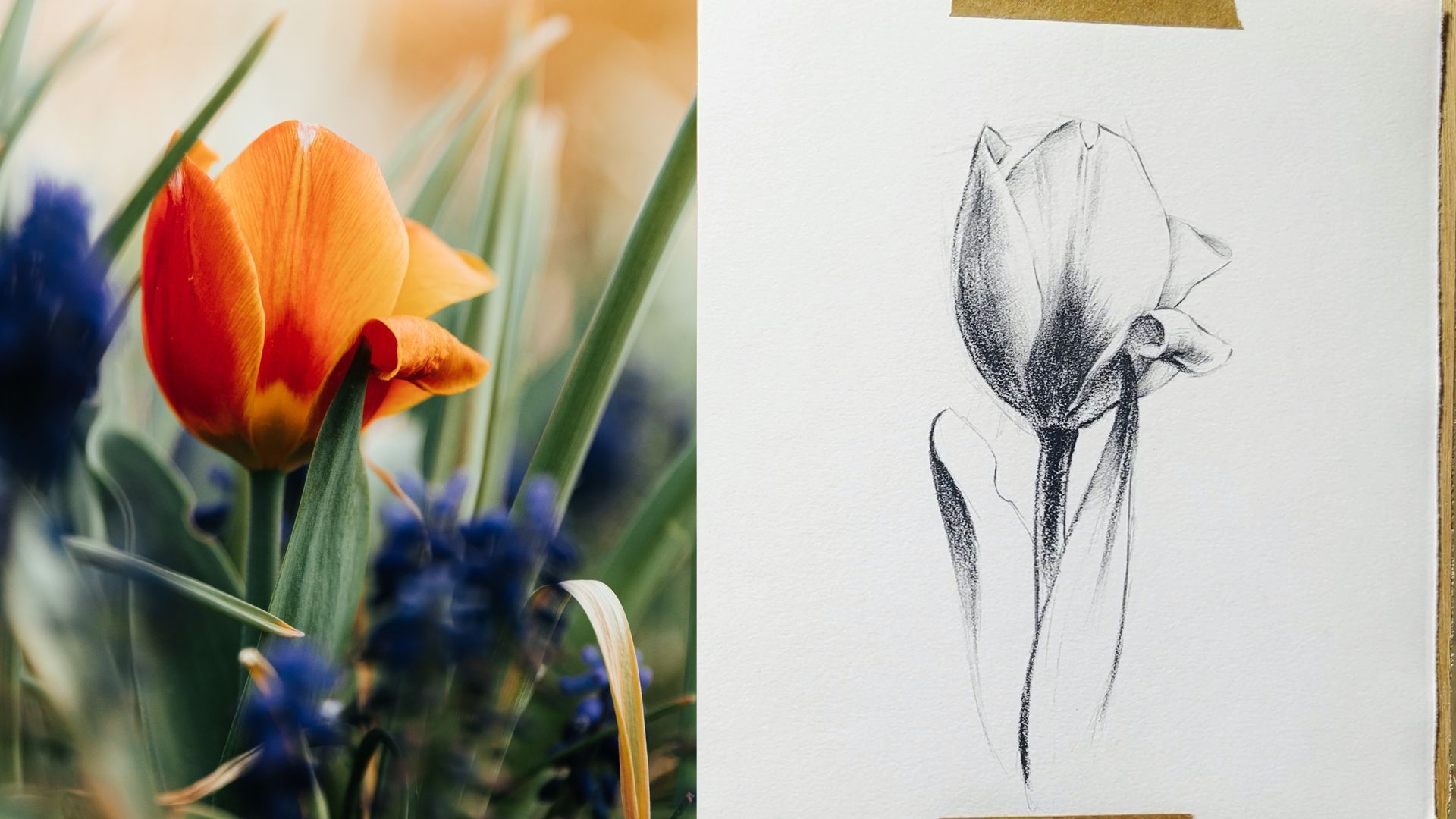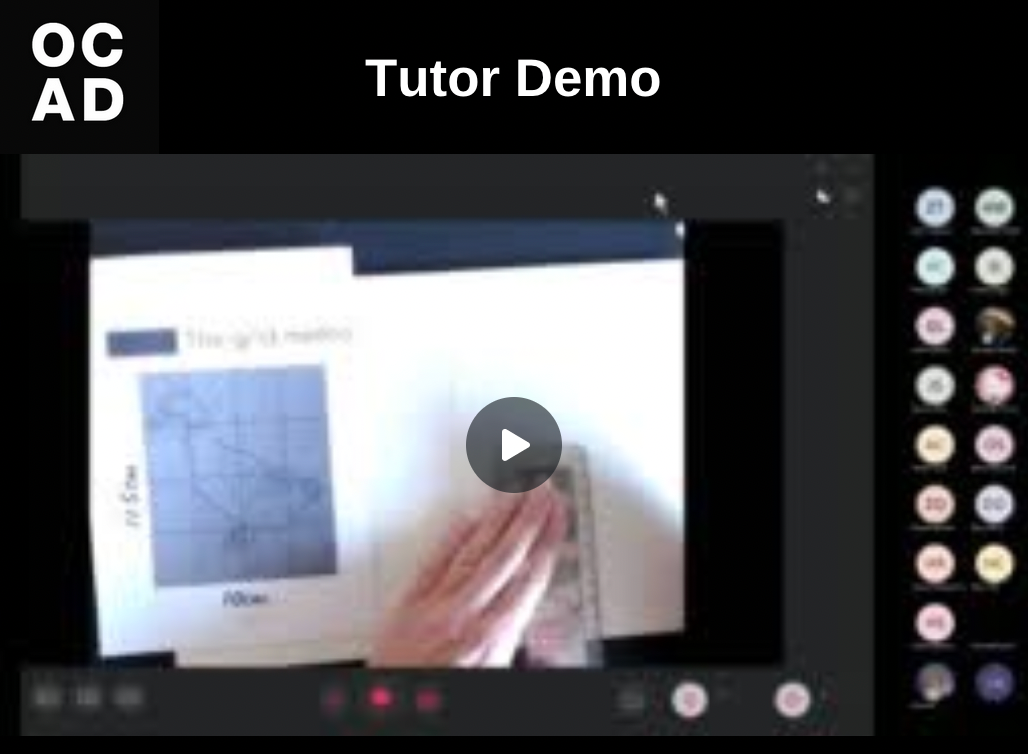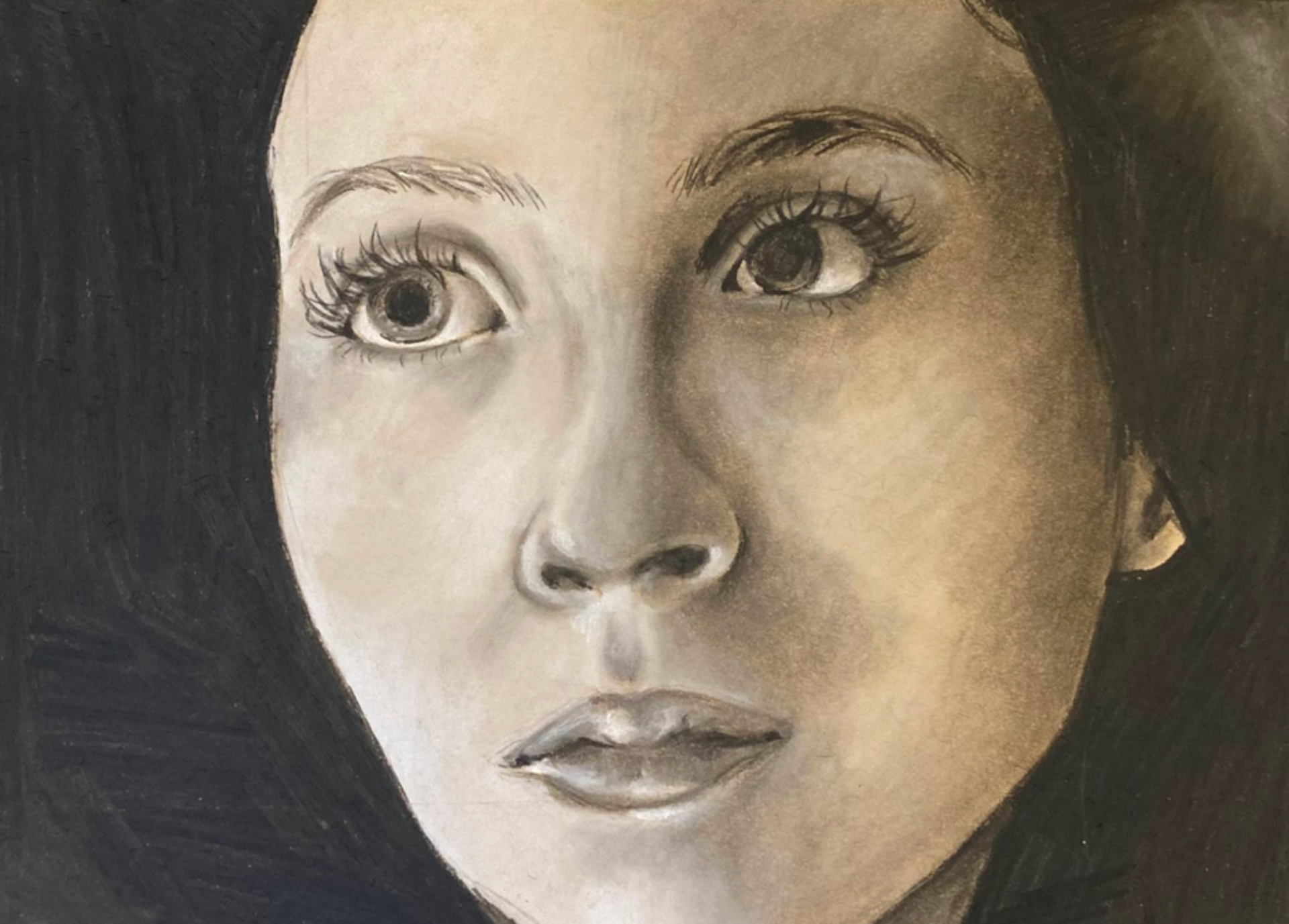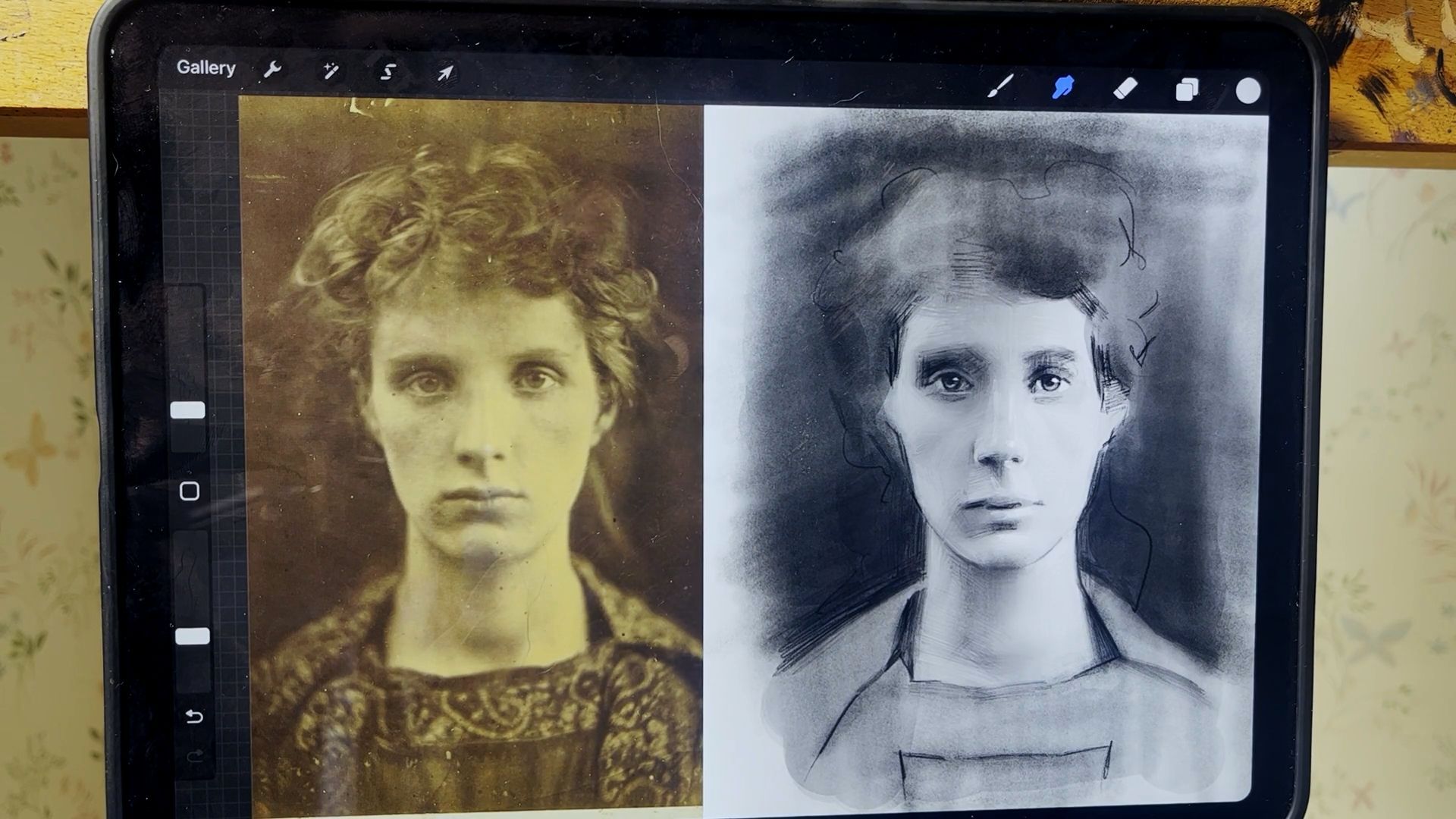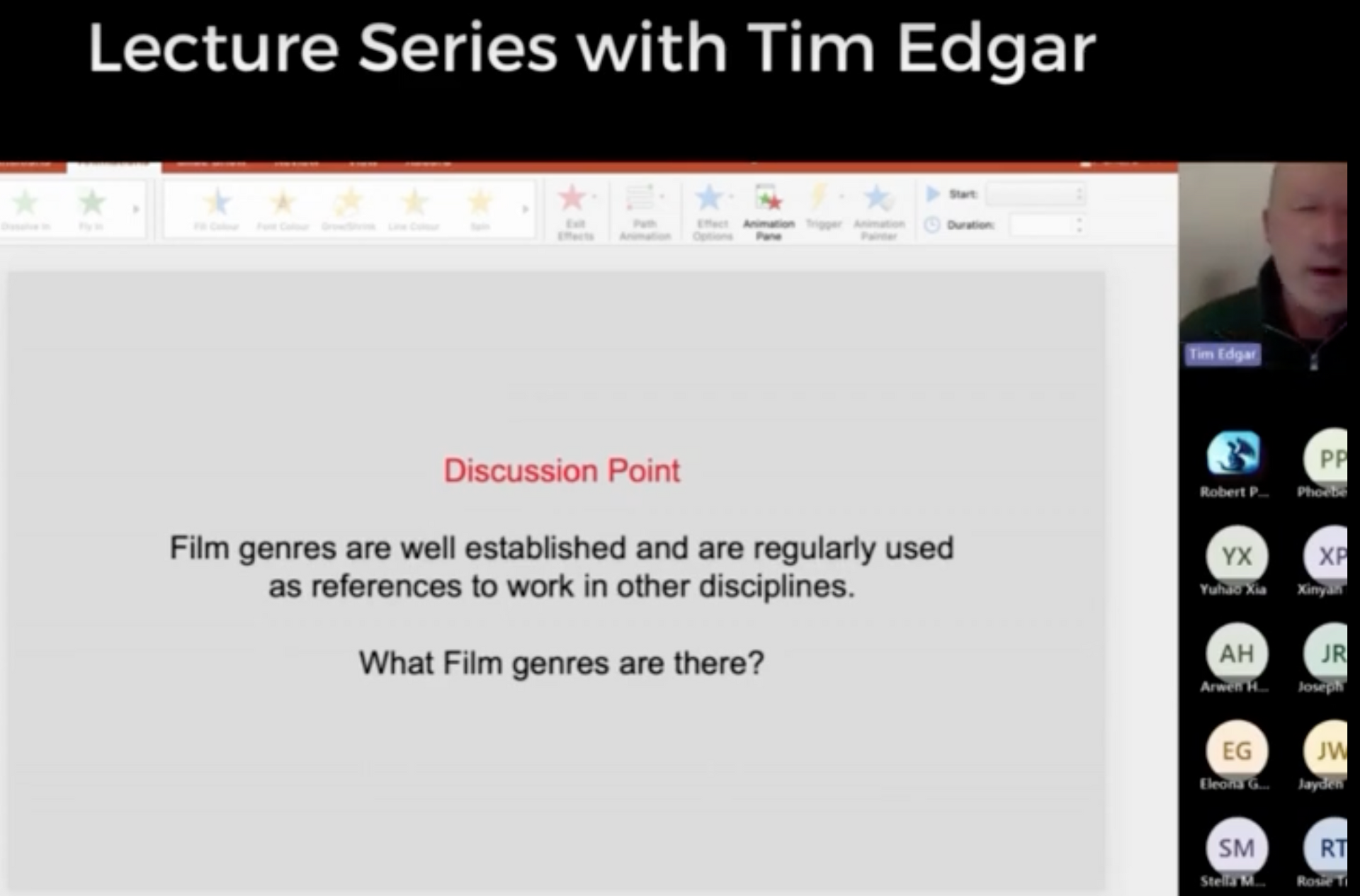How to Make a Portfolio for Graphic Design
How to Make a Portfolio for Graphic Design
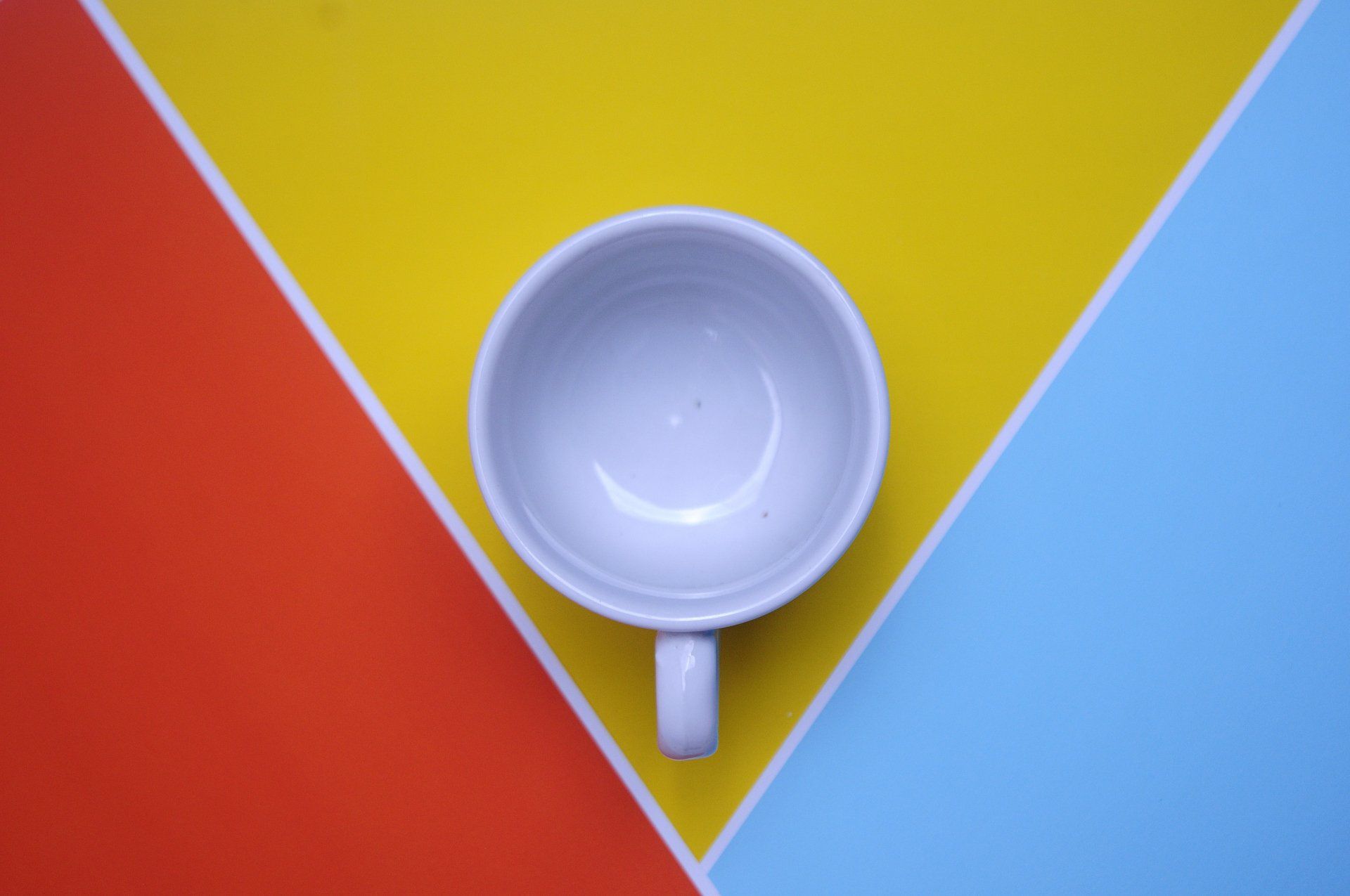
The significance of a professional graphic design portfolio cannot be overstated for graphic designers. It plays a crucial role in displaying their skills, creativity, and expertise. In today's highly competitive design industry, a meticulously crafted portfolio is indispensable for differentiating oneself and captivating potential clients or employers.
This article delves into the essential elements of a graphic design portfolio and offers valuable advice on creating an impactful portfolio that effectively communicates your talents and artistic flair. Whether you are an experienced designer or embarking on your design journey, this guide will empower you to leave a lasting impression on your graphic design portfolio.
What Should a Graphic Design Portfolio Consist Of?
A graphic design portfolio should consist of essential elements that effectively demonstrate your capabilities as a designer. These elements include selected projects, project descriptions, visual samples, and contact information.
Selected projects: Choose a diverse range of your best and most relevant graphic design projects. Include examples that showcase different styles, techniques, and mediums to demonstrate your versatility and adaptability. Select projects that align with your target audience or desired niche.
Project descriptions: Provide brief descriptions for each project, explaining the goals, challenges, and solutions you employed. Discuss the client's objectives and the impact of your designs. Effective project descriptions offer insights into your design process and demonstrate your ability to understand and meet client needs.
Visual samples: Include high-resolution images or interactive samples of your work. Ensure that the visuals accurately represent the quality and details of your designs. The visual samples should be visually captivating and arranged in a visually appealing manner that highlights their unique features.
Contact information: Make sure to include your professional contact details in your portfolio. This includes your name, email address, phone number, and any relevant social media or website links. Providing easy access to your contact information makes it convenient for potential clients or employers to reach out to you.
How to Create a Graphic Designer Portfolio Sample
Gathering and Selecting Work
To create an impressive graphic design portfolio sample, it is important to carefully select the projects you include. Consider the following tips:
- Quality over Quantity: Rather than including every project you have ever worked on, focus on showcasing your best work. Choose projects that demonstrate your technical skills, creativity, and problem-solving abilities. Selecting a smaller number of high-quality projects will make a stronger impact than overwhelming the viewer with numerous mediocre pieces.
Relevance and Diversity: Aim to include a diverse range of projects that highlight different design styles, industries, and challenges. This shows your ability to adapt and cater to various client needs. Tailor your project selection to your target audience or the type of design work you want to attract. For example, if you specialise in branding, include projects that showcase your expertise in that area.
Organising and Curating
Once you have gathered your projects, it's important to organise and curate them in a way that creates a cohesive and engaging portfolio:
Establish a Flow: Arrange your projects in a logical order that provides a smooth and intuitive experience for the viewer. Consider organising them based on theme, style, or chronology. This helps to create a narrative and guides the viewer through your portfolio.
Visual Consistency: Maintain a consistent visual style throughout your portfolio. Use a cohesive colour scheme, typography, and layout to create a harmonious presentation. Consistency in visual elements helps to create a strong and memorable brand identity.
Ease of Navigation: Ensure your portfolio is user-friendly and easy to navigate. Use clear headings, intuitive menus, and appropriate navigation elements to enhance the user experience. The viewer should be able to quickly find the information they are looking for and easily navigate between different projects.
Showcasing Your Design Process
In addition to showcasing the final deliverables, including elements that provide insights into your design process can greatly enhance your portfolio:
Sketches and Conceptualisation: Include sketches, wireframes, or initial drafts that demonstrate your ideation process. This gives the viewer a glimpse into your creative thinking and problem-solving abilities. Showcasing your sketches and early concepts helps to communicate your design journey and the thought process behind your final designs.
Work-in-Progress Images: If appropriate, include images that show the progression of your design work. This could include mock-ups, prototypes, or intermediate stages of a project. Highlighting the evolution of your designs and the steps taken to achieve the final result can be informative and captivating for the viewer.
Design Explanations: Provide clear and concise explanations of your design choices, highlighting the rationale behind your decisions. Describe how you addressed specific design challenges and how your solutions align with the project objectives. Effective communication of your design thinking and problem-solving skills adds depth to your portfolio and demonstrates your expertise.
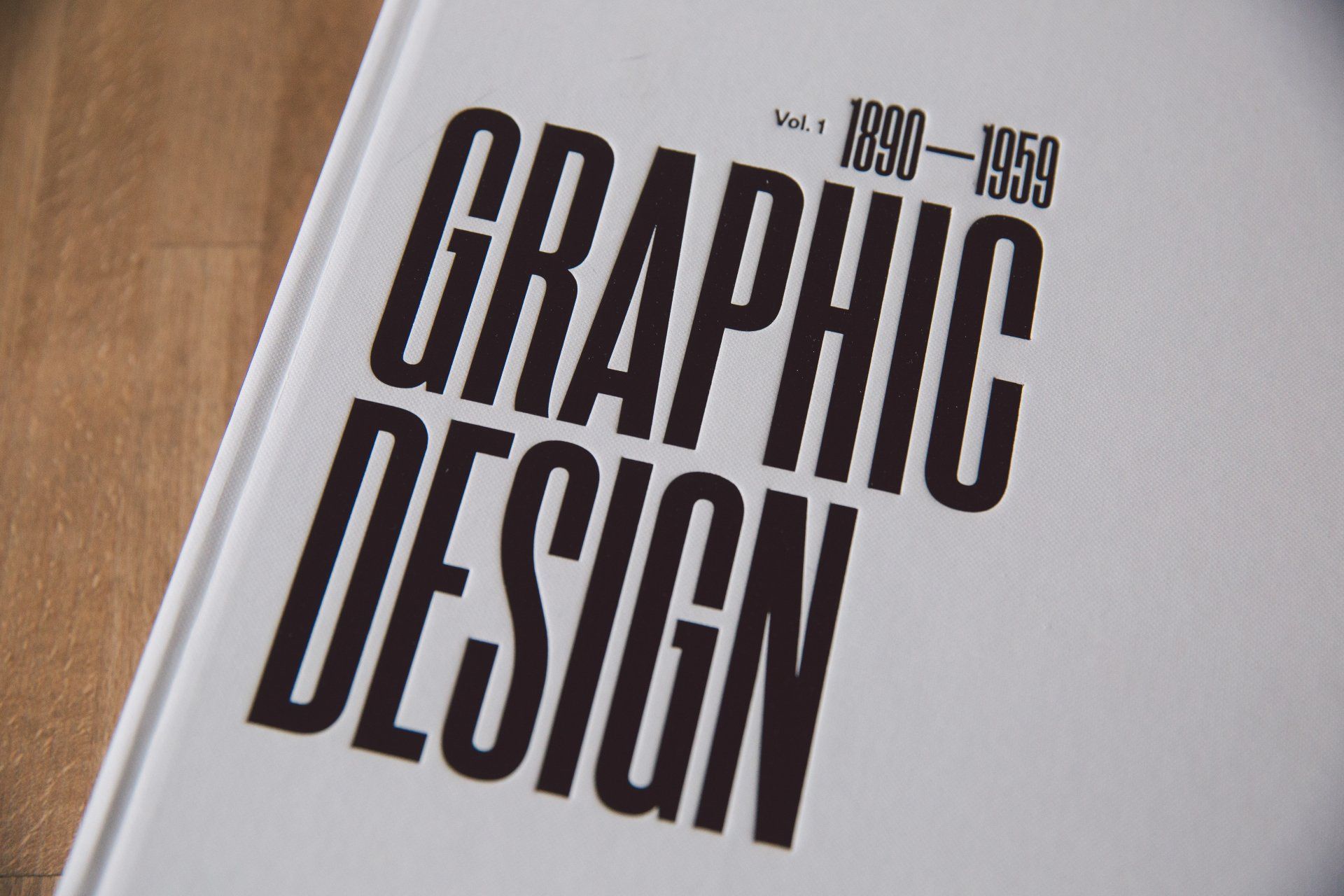
How to Design a Viewable Portfolio
Choosing the Right Platform
When creating a design portfolio from scratch, selecting the right platform is crucial. Several online platforms offer easy-to-use templates and hosting options for building your portfolio website. One important factor to consider is customizability. Look for a platform that allows you to customise the design and layout of your portfolio to align with your brand. Customisation options should include font choices, colour schemes, and the ability to upload custom images or videos.
Another factor to consider is user-friendliness. Opt for a platform that offers a user-friendly interface and intuitive drag-and-drop functionality. This makes it easier to build and update your portfolio without requiring extensive technical skills.
Responsiveness is also key. Ensure that the platform you choose creates a responsive portfolio website. Your portfolio should adapt to different screen sizes and devices, providing an optimal viewing experience for desktops, laptops, tablets, and smartphones.
Designing a Professional Layout
The design of your portfolio layout plays a significant role in how your work is perceived. One important tip is to use visual hierarchy techniques to guide the viewer's attention and create a sense of order. Emphasise important elements such as project titles or key visuals using size, colour, or placement.
Incorporating ample white space in your layout is also important. It creates a clean and balanced composition, reducing visual clutter and allowing the viewer to focus on your work.
Establishing consistent branding is another crucial aspect. It's important to create a visual identity that aligns with your brand or the image of your business. Use consistent typography, colour schemes, and graphic elements throughout your portfolio.
By considering these factors and following these tips, you can create a professional and visually appealing design portfolio that effectively showcases your work and reflects your unique style and brand.
What to Include and Avoid in a Graphic Design Portfolio
When putting together your graphic design portfolio, it is crucial to carefully consider what to include and what to avoid. It is recommended to select projects that resonate with your target audience, effectively showcase your skills, and highlight the breadth of your abilities.
A well-rounded portfolio should consist of a mix of personal and client work, providing a comprehensive view of your capabilities. Conversely, it is important to avoid including irrelevant or outdated projects that no longer represent your current skills or style.
Additionally, it is advisable to exclude work that you are not proud of or that fails to meet your quality standards.
How to Make Your Portfolio Stand Out
When crafting your graphic design portfolio, it is essential to ensure that it stands out from the competition. One effective way to achieve this is by showcasing a unique perspective. Your portfolio should reflect your personal style and creative voice, allowing it to showcase your individuality and set you apart from other designers. By infusing your work with your distinct artistic vision, you can create a portfolio that leaves a lasting impression on potential clients or employers.
Another crucial element of a standout portfolio is the inclusion of engaging case studies. Instead of simply displaying your designs, provide detailed explanations of selected projects. Highlight your problem-solving abilities, creative process, and the impact of your designs. By demonstrating your ability to tackle challenges and deliver successful outcomes, you can showcase your value as a designer and give viewers a deeper understanding of your capabilities.
Visual impact is also key in making your portfolio stand out. Incorporate elements that captivate and leave a lasting impression on the viewer. This can be achieved through the use of high-quality images, interactive elements, or even videos. By leveraging these visual elements effectively, you can create a portfolio that not only grabs attention but also keeps viewers engaged and interested in your work.
In summary, to make your graphic design portfolio stand out, focus on showcasing your unique perspective, providing engaging case studies, and creating visually impactful elements. By infusing your individuality into your work, demonstrating your problem-solving abilities, and using captivating visuals, you can create a portfolio that stands out from the crowd and captures the attention of potential clients or employers.
Determining the Length and Number of Pages
When determining the length and number of pages for your graphic design portfolio, consider the following factors:
- Quality over Quantity: Focus on presenting a strong selection of projects rather than overwhelming the viewer with too many pieces. It's better to have a concise and impactful portfolio than a lengthy one filled with mediocre work.
- Consider Context: Think about how your portfolio will be viewed. If it's primarily an online portfolio, you can have a more extensive collection. However, for physical portfolios or portfolios submitted via email, it's important to consider practical constraints and the viewer's attention span.
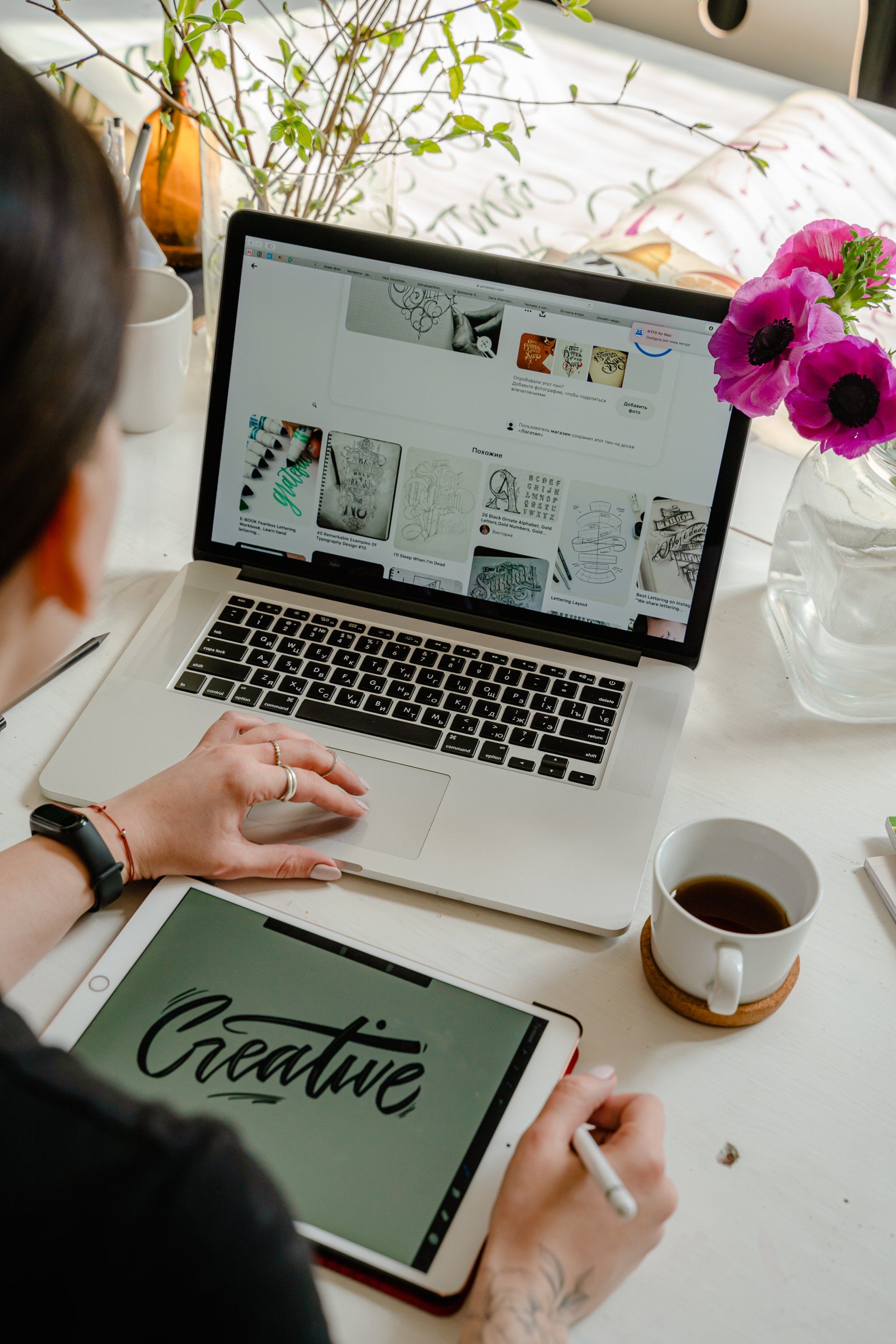
The Significance of a Strong Design Portfolio
Impressing Clients and Employers
A well-crafted portfolio demonstrates your skills, creativity, and professionalism. It serves as evidence of your abilities and can impress potential clients and employers.
Building Trust and Credibility
A strong portfolio establishes your credibility as a designer. It showcases your track record of successful projects and instils confidence in potential clients or employers.
Differentiation in a Competitive Industry
With numerous designers competing for projects or job opportunities, a strong portfolio helps you stand out from the crowd. It highlights your unique style, skills, and approach to design.
Do You Need a Portfolio to Study Graphic Design?
While not always a requirement, having a portfolio can offer several advantages when studying graphic design. Although some design programs may prioritise your potential, creativity, and passion for design during the application process, a portfolio can provide additional benefits.
Firstly, a portfolio demonstrates your interest and dedication to design. It showcases your initiative in creating design projects beyond the scope of academic requirements. By including a portfolio, you can effectively convey your enthusiasm for the field and your willingness to go above and beyond what is expected.
Secondly, a portfolio enhances your application and strengthens your candidacy. Admissions committees can gain a deeper understanding of your skills and potential as a designer through your portfolio. It serves as tangible evidence of your abilities and can set you apart from other applicants who may not have such visual representations of their work.
Lastly, building a portfolio early on prepares you for future career opportunities. It allows you to develop your design skills and gain valuable experience even before starting your formal education. By actively creating and curating a portfolio, you can refine your style, explore different techniques, and receive feedback on your work. This preparation can give you a head start in your design journey and increase your chances of success in the industry.
So, while not always mandatory, having a portfolio as part of your graphic design application can be highly beneficial. It showcases your interest, enhances your application, and prepares you for future opportunities. Investing time and effort into building a portfolio
can be a valuable step towards a successful career in graphic design.
Elevate your graphic design skills with OCAD’s Online Courses
Start building your portfolio today with OCAD's Foundation Graphic Design course. Designed with accessibility and intuition in mind, our courses are taught by experienced practitioners, meaning every student is able to receive quality tuition.
Our Foundation Graphic Design course is entirely online, giving students the opportunity to learn from anywhere. Find out more about the course by
getting in touch with us today. Watch your design career flourish with the Online College of Art and Design.
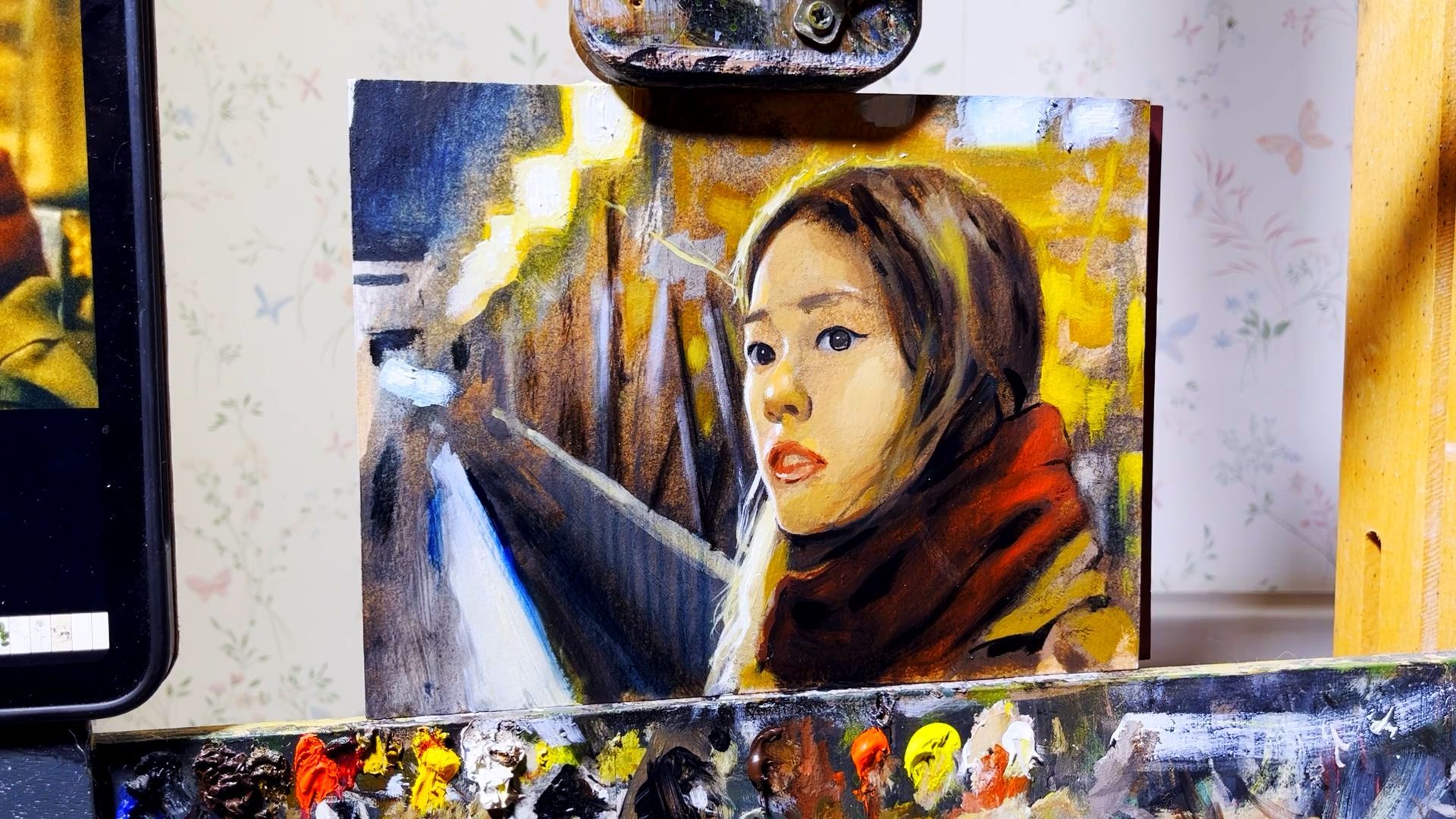
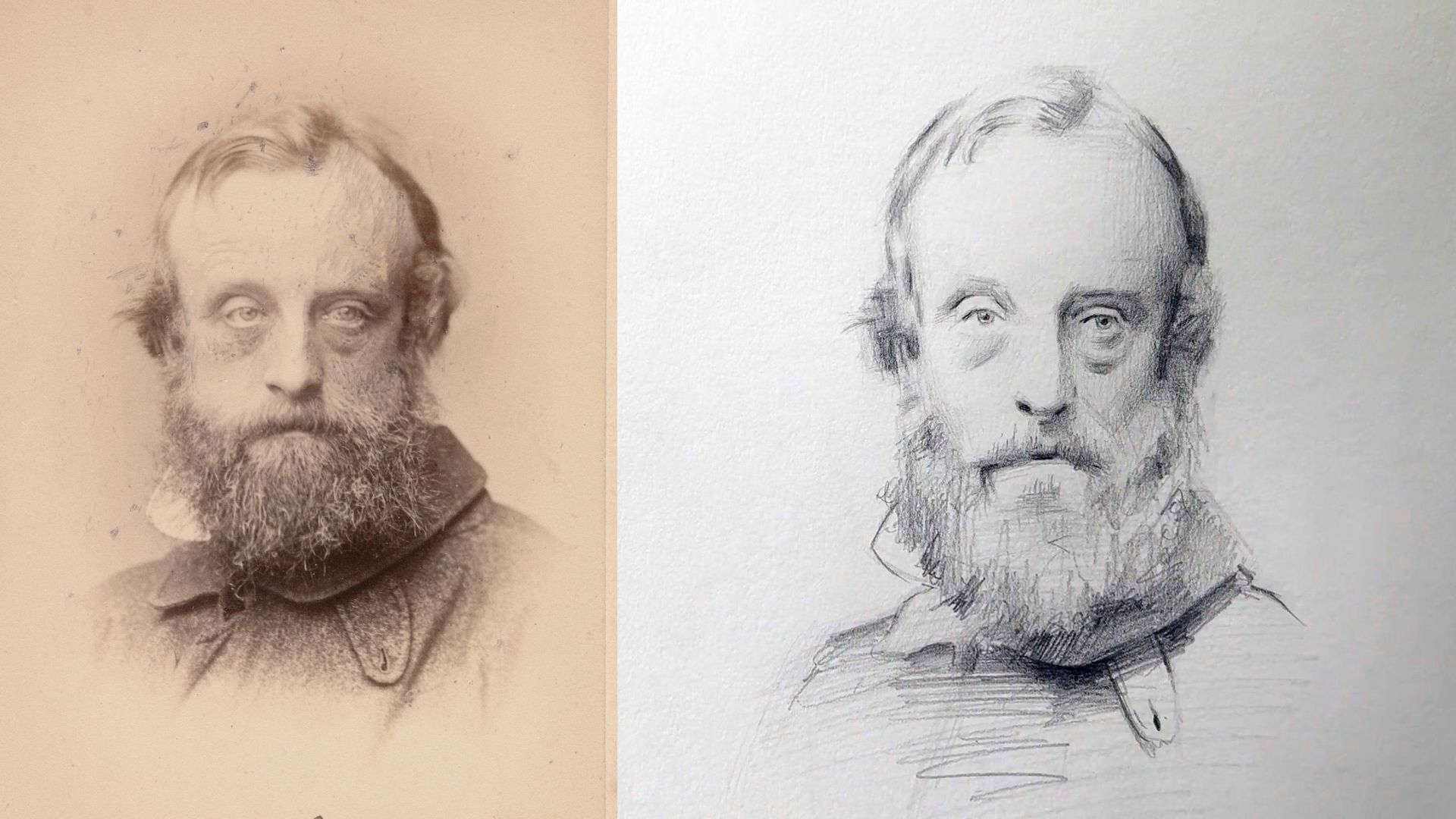
OCAD is part of the Cambridge Online Education Group - Company number 06594953
Registered UK Learning Provider 10033485
Cambridge Online Education Ltd

